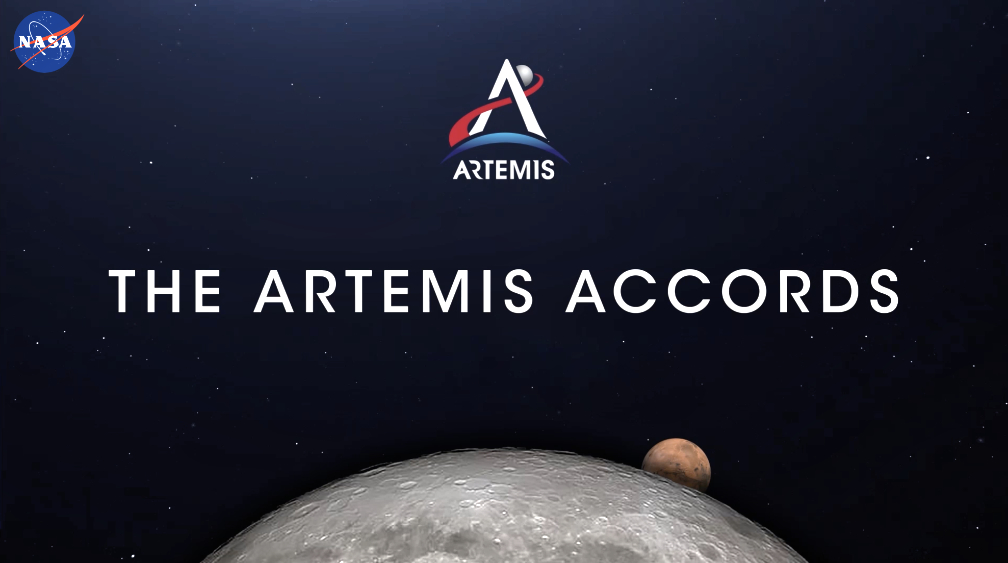
The European Space Agency (ESA) recently issued the first contract for the Lunar Geology Orbiter (LUGO), under which the international consortium led by Czech company TRL Space, will define the full mission for the geological exploration of the Moon. The news comes just at the time the Czech Republic signs the Artemis Accords.

LUGO will help to understand the age of volcanic activity on the Moon while also detecting the first Lunar cave. The orbiter with an expected mass of around 200 kg will reach the Moon by 2030.

The orbiter’s sensor suite will include a mapping LiDAR system, which TRL Space is developing together with the Czech laser research center HiLASE and Latvian EvenTech. A prototype of such a payload will be tested in a LEO demonstration mission in 2024.
Other payloads include an Italian ground penetrating radar by the University of Trento, a Finnish hyperspectral sensor from the University of Helsinki and VTT, and a narrow-angle camera from Estonian CrystalSpace. The preliminary design of the individual payloads and the detailed concept of the entire mission will be carried out within the next six months.
The final mission design will be presented to ESA by the end of 2023 to plan the following phases in its development and deployment. The ESA contract comes after a year of self-funded Phase 0, supported by the consortium members.
“Our goal is to send a probe to the Moon that will allow us to determine the age and origins of odd volcanic formations on the lunar surface known as the Irregular Mare Patches. Some in the scientific community believe the IMPs are billions of years old and made of extremely foamy lava, while others believe IMPs to be much younger, only 100 million years, and made by hard basalt.”
— Petr Broz from the Institute of Geophysics of the Czech Academy of Sciences
“The LUGO mission is the most complex and largest space mission led by new ESA member states and is the first such a mission led by the countries of the Three Seas Initiative. The scientific team includes 18 organizations and includes respected scientists from research centers in Hungary, Poland, Germany, the United Kingdom, South Korea, the US, Italy, and Finland. The biggest commercial potential of the mission is the acquisition of surface and sub-surface high-resolution geological data for space resource utilization. In the context of the Czech accession to the Artemis Accords, we have started to discuss cooperation on the further lunar exploration of the Moon with U.S. companies.”
— Petr Bohacek LUGO Mission Architect from TRL Space
“The acquisition of financing and support from the ESA program is not the only current success in this project. The decision to support such a mission also confirmed that our company is considered by ESA as a full-fledged partner that has the trust to take the responsibility of leading the mission from A to Z. This is the first-ever international ESA mission led by a company from the Czech Republic or any other Central and Eastern European country.”
— Petr Kapoun TRL Space CEO
